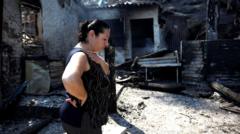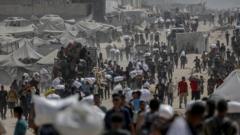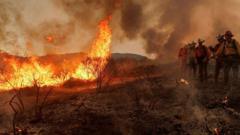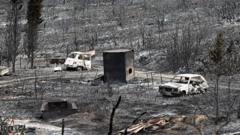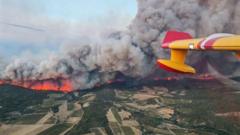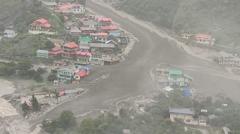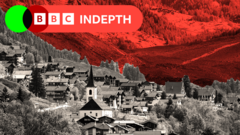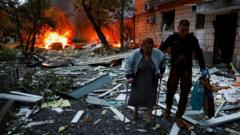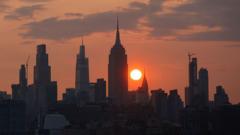A wildfire in Manitoba claimed the lives of two individuals caught in its path, prompting extensive evacuations and raising concerns about the severity of Canada's wildfire season amidst a record heat wave.
Canada’s Wildfire Season Begins with Tragic Loss of Life

Canada’s Wildfire Season Begins with Tragic Loss of Life
Two fatalities in Manitoba highlight the dangers of the early wildfire season as the region confronts extreme heat and evacuations.
In a tragic start to the wildfire season in Canada, two people lost their lives to a rapidly spreading wildfire in Manitoba. The victims, a man and a woman, were trapped in the town of Lac du Bonnet when authorities enforced a mandatory evacuation due to the imminent threat posed by flames. This incident marks a stark contrast to previous seasons; two years ago, while Canada saw extensive wildfires, the fatalities were limited to firefighters, with no civilian casualties reported.
Manitoba Premier Wab Kinew described the incident as transforming an emergency situation into a tragedy during a press briefing following the discovery of the victims. Specifics regarding their identities or the exact location of the tragic event have yet to be disclosed by officials. Ken Lodge, mayor of Lac du Bonnet, expressed the community's shock, noting the rapid escalation of the wildfire's intensity.
Around 1,000 residents were evacuated from Lac du Bonnet and its neighboring areas as flames engulfed approximately 10,000 acres. The cause of the fire is still being investigated. Moreover, the province is enduring an extreme heat wave, with Winnipeg experiencing temperatures soaring to 37 degrees Celsius (about 99 degrees Fahrenheit), a new record that has lasted for 125 years.
Wildfires are also raging across several other provinces; however, most are currently under control. Federal reports indicate that past incidents of lightning strikes are expected to rise, particularly in southern British Columbia and the prairie region of Canada as warmer, windy conditions prevail.
The period from May to September typically experiences the peak of wildfire activity in Canada, though the previous year was considerably milder compared to the catastrophic events of 2023. That year recorded over 6,000 wildfires, displacing thousands and scorching roughly 37 million acres—a staggering size comparable to the entirety of England. Quebeccan wildfires emitted vast quantities of smoke, significantly compromising air quality in the U.S., leading to health issues among residents.
Currently, the Canadian Interagency Forest Fire Center reports around 100 active wildfires nationwide, similar to last year’s count. Among these, five fires in Manitoba remain out of control, though recent rain has provided some respite heading into a holiday weekend celebrated with fireworks. In an unusual appeal for weather conditions, Premier Kinew noted, “We’re asking for rain,” highlighting the community's need for relief from the fires.





